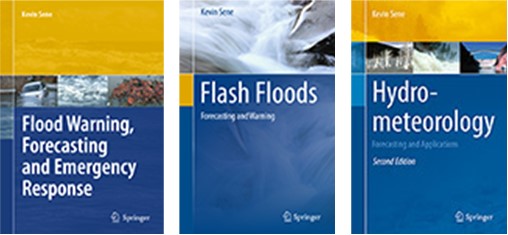Tidal bores are spectacular surges that travel inland in some estuaries on the highest tides. Of the hundred or so worldwide, about twenty occur in England, Scotland and Wales. They are one of the natural spectacles of the world and Tidal Bores of England, Scotland and Wales describes their causes and some of the best known in the UK.

This page has been designed to accompany the ebook, providing more details about it along with links to images, videos and articles for a selection of tidal bores.
They also feature in ‘Spectacular Britain’, published by Bloomsbury in 2024 (see this webpage), which gives tips for non experts on spotting more than 20 space, tidal, weather and wildlife phenomena, including tidal bores.

I also publish a free Substack newsletter describing tidal bores and other natural phenomena; please do sign up here if interested to learn more.
Quick summary
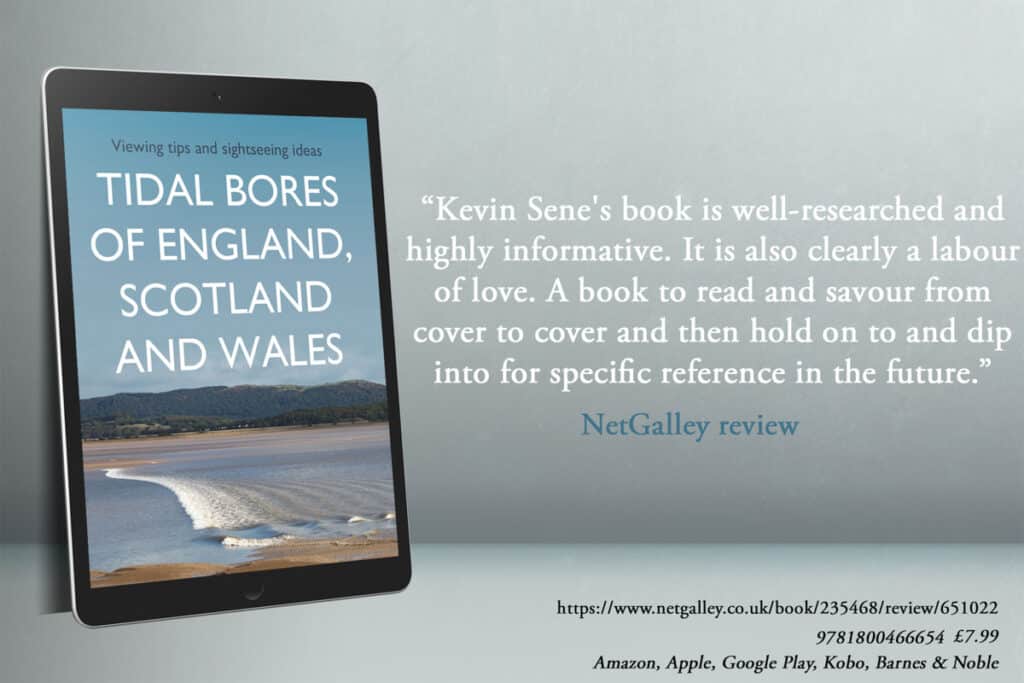
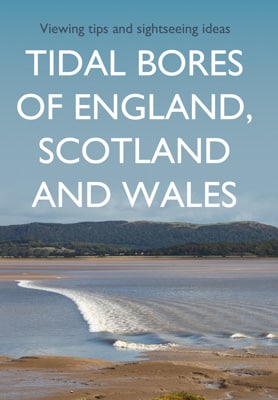
Tidal Bores of England, Scotland and Wales features ten tidal bores around the UK from Somerset to southwest Scotland and in eastern England with brief details for several more. It also describes why tidal bores occur along with tips to improve your chances of seeing one and on water safety.
Many occur in beautiful estuary locations so to add interest to a day out it includes ideas for places to visit nearby, such as tourist attractions, historic ports, museums and nature reserves.
Important If considering trying to spot a tidal bore, be sure to get appropriate safety advice first since they occur on some of the highest and most powerful tides of the year.
Tidal Bores of England, Scotland and Wales
This is a very thorough handbook for travelers and nature buffs. While it’s a detailed and helpful guide to tidal bores, it’s also a useful directory for the surrounding areas where tidal bores can be experienced, as mother nature is not always entirely dependable. NETGALLEY
More details
The featured tidal bores include the Severn Bore in Gloucestershire, the Dee Tidal Bore in Wales, the Arnside Bore in Cumbria, Nith Tidal Bore in Scotland and the Trent Aegir in east England. Topics include:
Ten featured tidal bores around the coast of the UK and brief descriptions for several more
Viewing tips for the featured tidal bores including suggested viewpoints and indicative timings
Tips on finding out tide times, safety and how the tides affect tidal bores
Insights into how historic river engineering works for shipping have affected tidal bores
Ideas for places to visit in nearby towns and cities such as Gloucester, Cardiff, Chester, Liverpool, Ulverston, Dumfries and Hull
Ideas for visits to nearby seaside resorts, nature reserves and tourist attractions
Visit suggestions for picturesque harbours, Roman ruins and sea cliffs
Places to see seals and migrating waterbirds such as barnacle geese
Tidal bores – locations in England, Scotland and Wales
The ten featured tidal bores are grouped into the following coastal areas around England, Scotland and Wales:
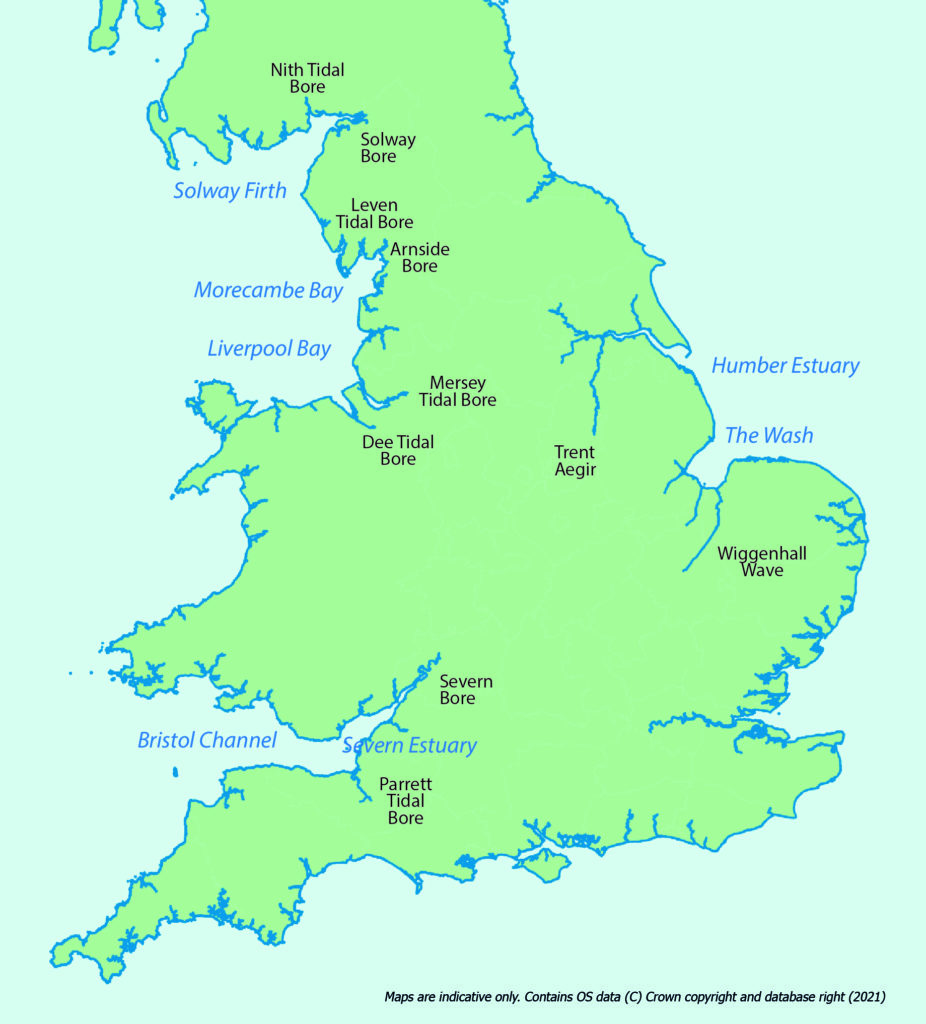
- Severn Estuary/Bristol Channel: Severn Bore, Parrett Tidal Bore
- Liverpool Bay: Dee Tidal Bore, Mersey Tidal Bore
- Morecambe Bay: Arnside Bore, Leven Tidal Bore
- Solway Firth: Solway Bore, Nith Tidal Bore
- Humber Estuary/The Wash: Trent Aegir, Wiggenhall Wave
The causes of tidal bores in England, Scotland and Wales
This post on the UK’s tidal bores gives a quick introduction into why and where tidal bores occur and you can also read more about the tides and tidal bores in the following Substack post:
And watch this video too:
More about tidal bores in England, Scotland and Wales
The remainder of this webpage shows photographs and interesting links for the ten featured tidal bores, including articles and videos by local experts.
For each tidal bore, there is a gallery showing images of the wave and interesting places to visit nearby; simply click on the name of the tidal bore to see them. There is a wider selection of photographs on my Alamy stock photography webpage.
A final gallery shows some more unusual phenomena that can occur such as reflected waves, waves travelling downstream and breaking waves behind the main wave. Sometimes this leads to some great photographic effects.
The following brief glossary of terms may help when looking through this webpage and the various links:
- Breaking wave – a tidal bore with a line of surf on the lead wave
- Spring tides – unusually high tides that occur every 15 days or so
- Tidal range – the difference in water levels between low tide and high tide
- Undular wave – a wave which is rounded at the front rather having a line of surf
- Whelps – a train of smaller waves following the main wave
There are also parallels with mountain waves and this post delves into some of the similarities:
Bristol Channel / Severn Estuary

The Severn Bore is the largest and best-known tidal bore in the UK. In the right conditions it attracts large crowds of spectators, plus surfers and kayakers to ride the wave.
It begins in the wider parts of the Severn Estuary and on some occasions reaches Maisemore near Gloucester, where it ends on hitting a weir. This post has more details.
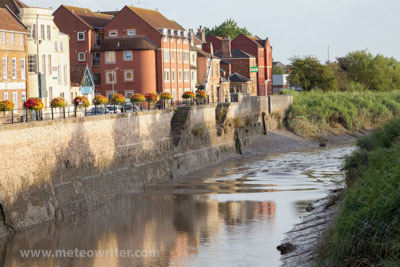
The Parrett Tidal Bore passes through the town of Bridgwater, having started further down the estuary, toward Burnham-on-Sea, which lies on the shores of the Bristol Channel.
Bridgwater was a busy port until the 19th century and ocean-going ships still travel to a wharf a short way downstream of the town.
Liverpool Bay
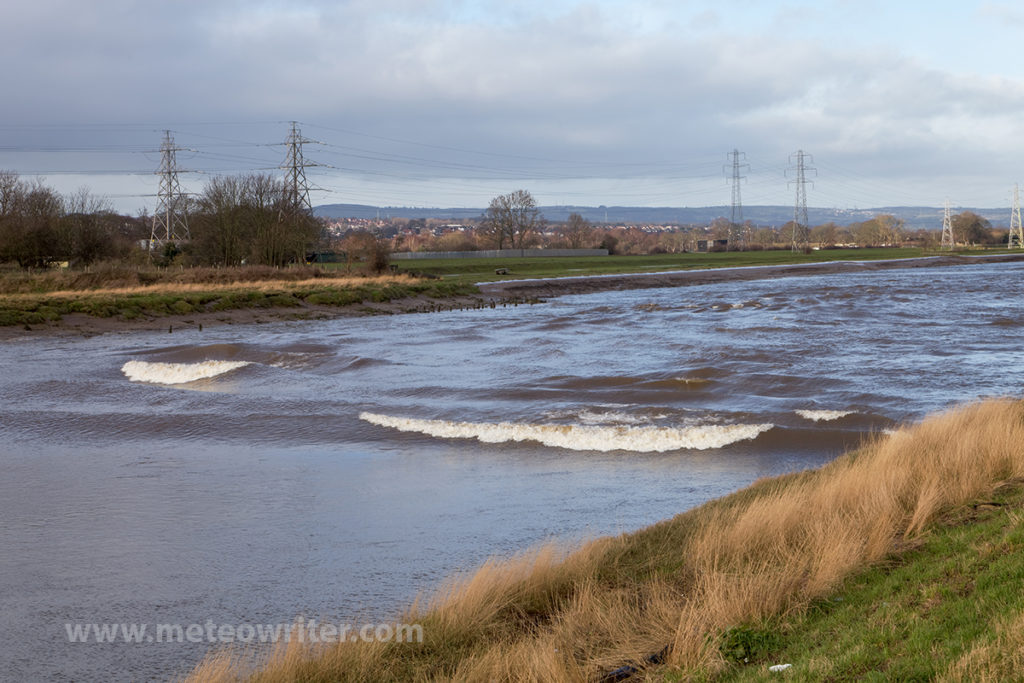
The Dee Tidal Bore starts in the Dee Estuary and sometimes travels as far as Chester. Along much of its path it follows a ship canal called New Cut, built in the 18th century to try to improve access to the city.
The tidal bore makes an unusual sight as it travels along this straight, artificial channel
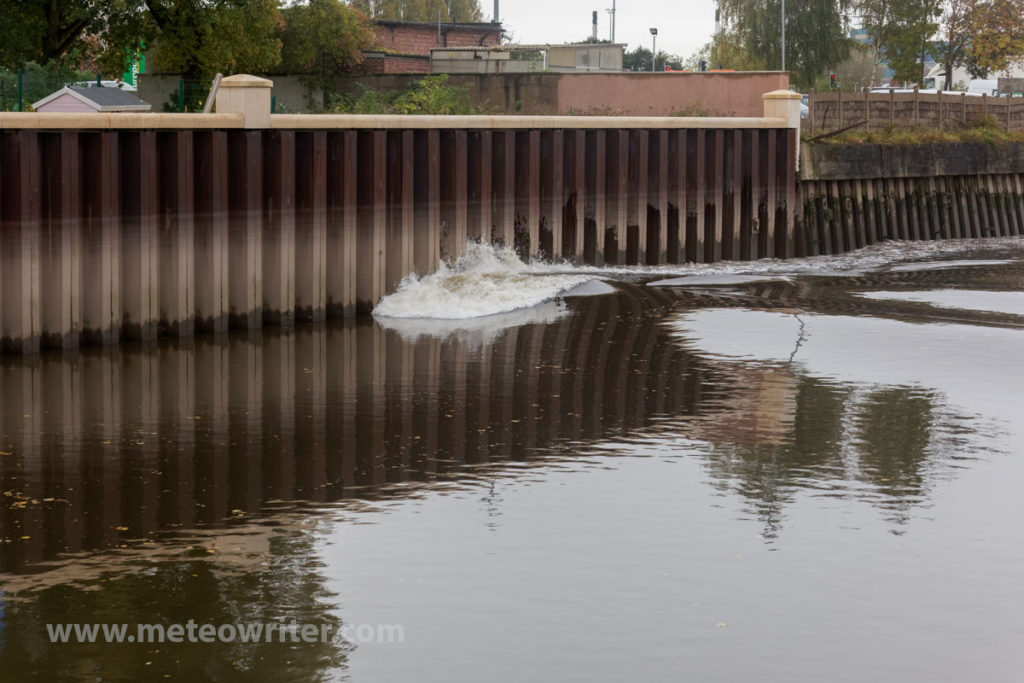
The Mersey Tidal Bore begins in south Liverpool and then passes through the widest part of the estuary before reaching the Runcorn Gap and Fiddler’s Ferry.
It speeds up on the final run into Warrington where it ends on hitting a weir, more than twenty miles from the coast. The Mersey Estuary: A Travel Guide at this link describes the tidal bore in more detail, including timings, viewpoints and the best tidal conditions.
Morecambe Bay
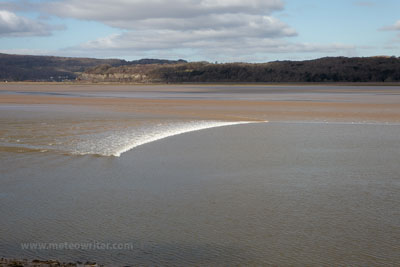
The Arnside Bore begins in Morecambe Bay and travels inland for several miles along the Kent Estuary. Small crowds of spectators often gather to see it pass.
Due to the dangers from the tides, during the tourist season the council sounds a siren, which as a side benefit provides a handy warning that the tidal bore is on its way. This post describes the tidal bore in more detail.
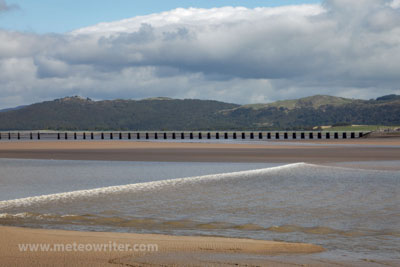
The Leven Tidal Bore forms in the Leven Estuary, which lies between the Cartmel and Furness peninsulas in Cumbria. On the highest tides it passes beyond the viaduct that carries the coastal railway.
The tidal influence continues beyond Greenodd, which surprisingly in the 18th century was one of the busiest ports in the region.
The Cumbria and Lake District Coast at this link describes the tidal bores of Morecambe Bay and the Solway Firth in more detail.
Solway Firth
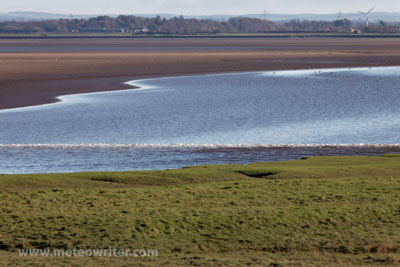
The Solway Bore forms in the Solway Firth near Bowness-on-Solway in Cumbria and Annan in Dumfries and Galloway. On the highest tides it sometimes reaches the more riverine reaches of the River Eden, ending within a few miles of Carlisle.
Several other tidal bores occur around the Solway Firth, which extends west to St Bees Head in west Cumbria and the Mull of Galloway in Scotland. The next largest is the Nith Tidal Bore.
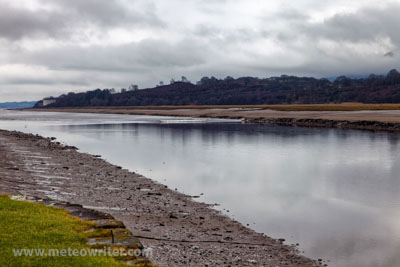
The Nith Tidal Bore begins near the mouth of the Nith Estuary where it meets the Solway Firth and sometimes travels as far inland as Dumfries.
Until the 19th century, Dumfries was a busy port with several deeper water ports further downstream, some of which are still used by leisure and commercial craft.
Humber Estuary / The Wash
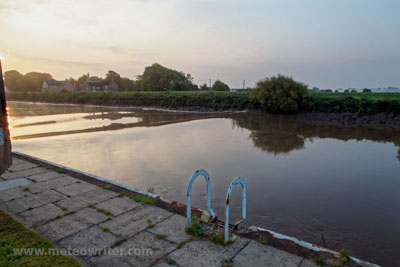
The Trent Aegir is generally said to be the second largest tidal bore in the UK and begins near where the River Trent flows into the Humber Estuary. It often reaches the town of Gainsborough, sometimes continuing further upstream.
It typically appears as an undular wave, although sometimes breaking waves appear in the shallower water near the channel banks.
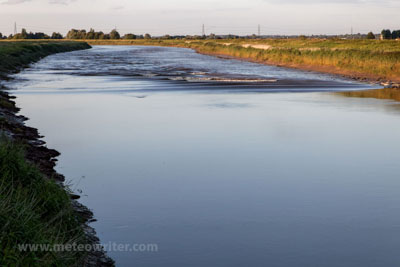
The Wiggenhall Wave occurs in the Great Ouse, inland from the port of King’s Lynn. It sometimes travels several miles upstream.
It is another good example of the so-called Aegir or Eagre that occur on the east coast; a name thought to have Norse or Latin origins.
Some interesting tidal bore phenomena
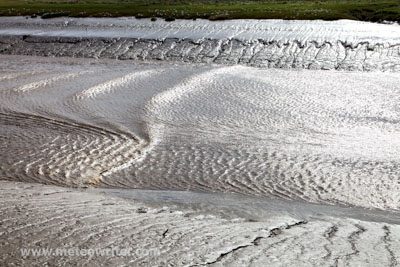
This final gallery of tidal bore phenomena shows some unusual effects that can occur as a tidal bore makes its way inland, such as reflected waves, waves travelling downstream and breaking waves behind the main wave.
Sometimes this leads to some great photographic opportunities.
